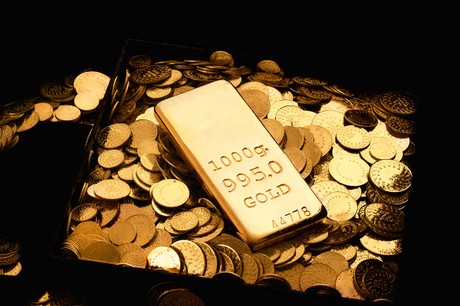The gold market had a remarkable year, with prices surging by 27% in 2024—the strongest annual increase since 2010. According to Commerzbank’s commodity expert Carsten Fritsch, this surge comes despite notable challenges like ETF outflows, signaling a shift in the factors influencing gold price gain 2024.
PBoC Boosts Gold Reserves for the Second Month
Gold ended the year at an impressive $2,625 per troy ounce, marking the highest year-end price since the gold price was floated more than 50 years ago. Bloomberg data reveals that gold exchange-traded funds (ETFs) experienced outflows totaling 85 tons last year. This contrasts sharply with 2010, when ETFs tracked by Bloomberg saw inflows exceeding 300 tons.
ETF outflows in gold price gain 2024 were a third of the previous year’s total but marked the fourth consecutive year of net outflows. This trend underscores the decreasing influence of gold ETFs on price trends. Instead, central banks’ gold purchases have become a significant driver over the past three years.
In December 2024, the People’s Bank of China (PBoC) reported a 10-ton increase in its gold reserves—its second consecutive month of purchases. Unlike ETFs, which provide near-daily updates, central bank gold activity is reported sporadically, creating challenges in tracking short-term price changes.
Gold’s Future and Influencing Factors
With central banks playing a pivotal role in gold’s market dynamics, their actions will likely shape trends in 2025. As ETF outflows lose their dominance, central bank reserves and demand will become increasingly important indicators for price movements.
Explore more insights on gold at Daily Gold Signal. For daily updates, visit Gold Market News.





